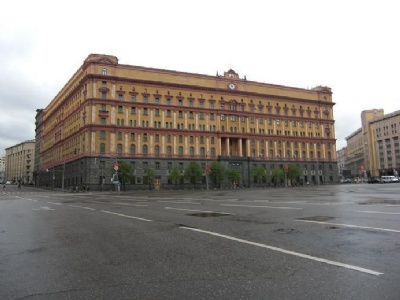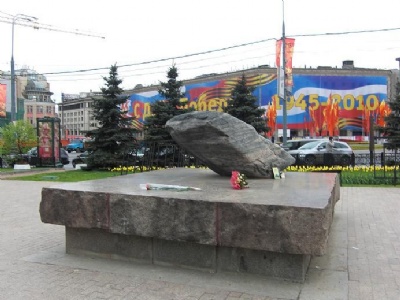Lubyanka
The Soviet Security Service had its headquarters in central Moscow. It goes back to the Russian revolution of 1917 when the Bolshevik and Lenin’s close ally, Felix Dzerzhinsky (1877 – 1926), founded the Cheka in December that year. Cheka became the repressive organ of the Bolshevik party and their main task was to fight counter-revolutionary groups where ever they could be found. In 1922, Cheka changed its name to the GPU who did not have as much freedom as its predecessor in imprison and murdering people. The GPU was reorganized as early as 1923 and was named OGPU and created the Gulag camp system (the Soviet labor camps). In 1934, the OGPU was reorganized into the NKVD with overall responsibility for all police activities. Murder of political opponents and potential political opponents belonged to the everyday life of the NKVD.
In 1946, the NKVD was split up and the political police was named MVD. Following Stalin’s death in 1953, the MVD was dissolved and replaced by the KGB, which remained until the fall of the Soviet Union in 1991. The KGB was replaced by the current FSB. The main task of all agencies (exception FSB) was to combat and prevent opponents of the Soviet Union and its satellite states. Espionage also occurred in countries both outside and within the Soviet bloc. The KGB also contributed to communist activities in various countries, mainly in Africa and Central America. Regardless of the time period, the Soviet political police had their headquarters in Lubyanka in central Moscow. Everyone knew the house and in the basement were cells where prisoners were both tortured and murdered. After the fall of the Soviet Union, FSB took over the building.
Current status: Preserved with monument (2010).
Address: Lubyanka Square, Moskva.
Get there: Metro to Lubyanka Station
Follow up in books: Andrew, Christopher: The KGB (1990).



One can say that Lubyanka was the communism equivalent of what Gestapo HQ on Prinz Albrecht Strasse in Berlin was for Nazism. It is said there is a small museum somewhere in the building but it is extremely difficult to find because it is not signposted. On the other side of the street there is a memorial stone dedicated to the victims of communism. The stone is taken from the work camp on the Solovetsky Islands in the Barents Sea. The Statue of Felix Dzerzhinsky that during Soviet time stood on the square in front of Lubyanka was taken down after the fall of the Soviet Union in 1991. Together with other communist statues, Dzerzhinsky now stands in Moscow’s Sculpture park. Statues of Lenin still exist in several places in Moscow.